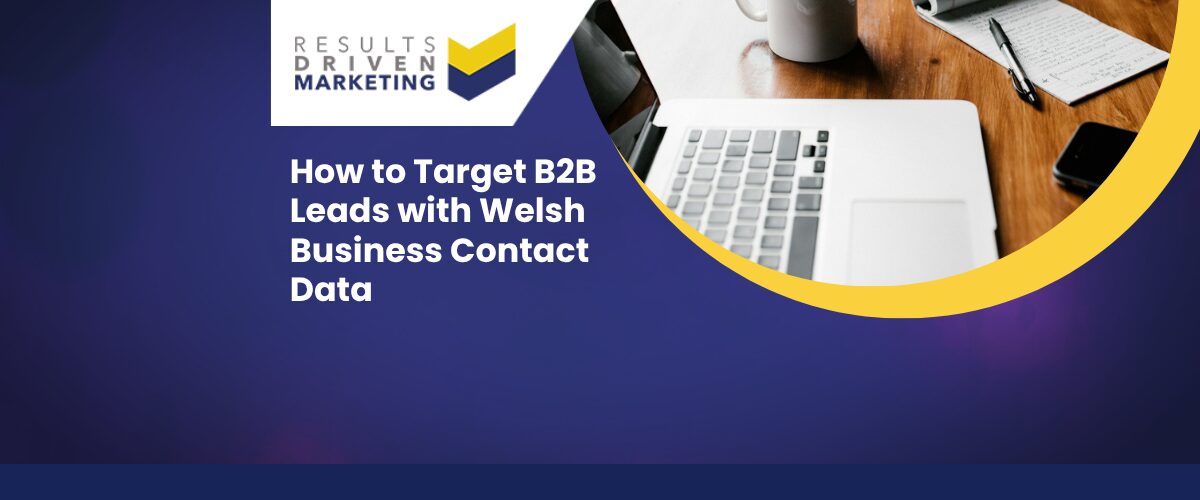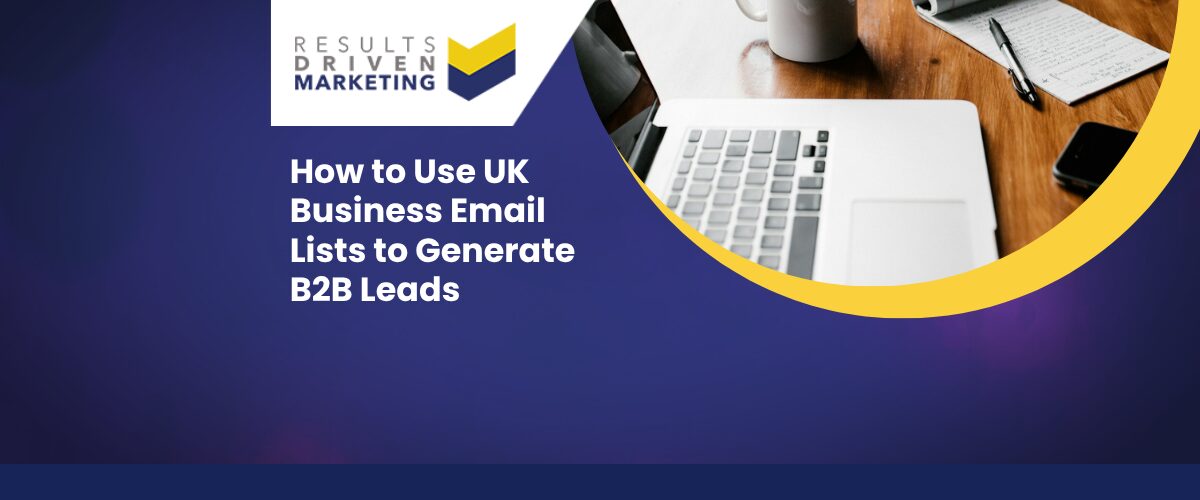
Email Marketing Strategy – The Complete Guide
Introduction to Email Marketing Strategy
Email marketing stands out as an indispensable tool for businesses aiming to connect with customers directly and personally.
The strategic use of email marketing becomes not just advantageous, but essential for fostering customer engagement, driving sales, and building lasting relationships.
The term “email marketing strategy” is more than just a buzzword; it’s a crucial element of a comprehensive digital marketing plan.
This strategy encompasses everything from identifying target audiences and crafting compelling content to leveraging technology for automation and measuring the effectiveness of campaigns.
By focusing on a well-defined email marketing strategy, businesses can achieve specific marketing goals, tailor their messages to meet the unique needs of their audience, and ultimately, enhance their overall marketing efficacy.
In the upcoming sections, we’ll delve into the multifaceted components of an email marketing strategy, offering practical tips and insights to help you optimise your campaigns for maximum impact.
Whether you’re a seasoned marketer or just starting out, understanding the nuances of email marketing will empower you to craft strategies that resonate with your audience and deliver tangible results.
Table of contents:
Understanding Email Marketing Strategy
Defining a Robust Email Marketing Strategy
A robust email marketing strategy is far more than just sending out emails. It’s a comprehensive plan designed to engage subscribers, nurture leads, boost conversions, and maximise ROI.
At its core, an effective strategy involves a series of thoughtful, well-timed, and relevant emails that are crafted to meet the specific needs and interests of your audience. Let’s break down the key components:
- Goal Setting: Clearly define what you hope to achieve. Goals could range from boosting sales, increasing webinar attendance, to improving customer retention.
- Target Audience Analysis: Know who your emails are speaking to. This includes understanding their preferences, pain points, and behaviours.
- Content Customisation: Develop content that resonates with your audience, addressing their needs and interests.
- Timing and Frequency: Determine the optimal times to send emails that align with your audience’s habits.
- Integration with Other Channels: Ensure your email campaigns are integrated with other marketing strategies for a cohesive experience.
- Measurement and Adjustment: Continuously track the performance of your campaigns and make adjustments based on metrics like open rates, click-through rates, and conversion rates.
By integrating these elements, your email marketing strategy can serve as a dynamic tool in your marketing arsenal, driving measurable success and fostering meaningful connections with your audience.
Segmenting Your Audience
The Importance of Audience Segmentation
Segmentation is crucial in tailoring email marketing campaigns to meet the diverse needs of different audience segments. By dividing your audience into smaller groups based on specific criteria, such as demographics, purchase history, or engagement level, you can deliver more personalised and relevant content. Here’s why segmentation is a game-changer in email marketing strategies:
- Increased Relevance: Tailored messages resonate more deeply with recipients, making them feel understood and valued.
- Enhanced Engagement: Personalised emails see higher open and click-through rates as they are more aligned with the recipient’s interests.
- Improved Conversion Rates: By addressing the specific needs and interests of a segment, conversions are naturally higher.
- Reduced Unsubscribe Rates: Relevant content decreases the likelihood of people opting out due to irrelevance.
Best Practices for Segmenting Your Email Lists
Implementing segmentation can transform your email marketing strategy. Here are some best practices to effectively segment your email lists:
- Collect Relevant Data: Use sign-up forms to gather necessary information from subscribers. The more data you have, the more precise your segmentation can be.
- Use Behavioural Data: Segment lists based on user behaviour such as purchase history, email interactions, and website activity.
- Regularly Update Segments: As your relationship with each subscriber evolves, so should your segments. Regular updates ensure continued relevance.
- Test and Refine: Continuously test different segmentation strategies and refine them based on performance metrics.
Incorporating these segmentation strategies within your email marketing campaigns ensures that each message you send out is optimised for the best possible engagement and success, truly reflecting a well-thought-out email marketing strategy.
Designing Engaging Content
Creating Compelling Subject Lines
The subject line is your first, and sometimes only, chance to capture the attention of your audience. A compelling subject line not only piques curiosity but can significantly increase open rates. Here are a few tips to craft subject lines that stand out:
- Be Clear and Concise: Keep your subject lines short and sweet. Aim for 50 characters or less to ensure they are fully visible on mobile devices.
- Use Actionable Language: Start with verbs that encourage action. Phrases like “Discover,” “Unlock,” and “Join” can make your emails feel more dynamic and engaging.
- Personalise: Include the recipient’s name or other personal details to make the email feel customised and targeted.
- Spark Curiosity: Without giving everything away, create a sense of intrigue that makes recipients want to learn more.
- Avoid Spammy Words: Steer clear of overused words like “free,” “guarantee,” and “no risk,” which can trigger spam filters and decrease deliverability.
Guidelines for Designing Email Content
The body of your email is where you can truly engage with your audience. Here’s how you can design content that captures attention and encourages action:
- Start with a Hook: Open with an engaging statement or question that relates directly to your audience’s interests or pain points.
- Keep It Focused: Each email should have a single, clear message. Don’t clutter your email with multiple offers or messages.
- Use Visually Appealing Layouts: Break up text with headers, bullet points, and images to make the email easy to scan.
- Include a Strong Call-to-Action (CTA): Make it clear what you want the recipient to do next. Use buttons or links that stand out from the rest of the content.
- Make It Mobile-Friendly: Design your emails to look great on mobile devices, where the majority of users are likely to open them.
Automation and Technology
Overview of Automation Tools in Email Marketing
Automation is a game-changer in the realm of email marketing. It not only saves time but also enhances the effectiveness of your campaigns. Here’s how automation tools can streamline your email marketing processes:
- Trigger-Based Emails: Set up emails that automatically send based on specific actions, like welcome emails after sign-up or follow-up emails after a purchase.
- Segmentation: Automatically divide your audience into segments based on their behavior or demographic data to tailor your messaging.
- Scheduling: Plan and schedule your campaigns to send at the most optimal times without manual intervention.
The Latest Email Marketing Software and Technologies
Staying updated with the latest technologies is crucial for an advanced email marketing strategy. Here are some functionalities offered by cutting-edge email marketing software:
- Advanced Personalisation: Beyond using names, modern tools can customise content based on past behaviour, purchase history, and other personal data.
- A/B Testing Tools: Test different versions of your emails to see what works best in terms of layout, content, and subject lines.
- Analytics and Reporting: Gain insights into how your campaigns are performing with detailed analytics on opens, clicks, conversions, and more.
By integrating these technologies into your email marketing strategy, you can ensure that your campaigns are not only more effective but also more relevant to the needs of your audience.
This approach not only saves valuable time but also drives better results, making it a crucial aspect of your marketing toolkit.
Compliance and Best Practices
The Importance of Adhering to Regulations
In the realm of email marketing, compliance isn’t just a legal necessity; it’s a cornerstone of trust and reliability in your communications. Regulations like the General Data Protection Regulation (GDPR) in the EU and the CAN-SPAM Act in the U.S. set forth guidelines that govern the use of email for marketing purposes. Adherence to these regulations ensures that your email marketing strategy respects customer preferences and privacy, which in turn:
- Enhances your brand’s reputation and trustworthiness.
- Prevents costly penalties and legal issues.
- Increases email deliverability by reducing spam flags.
How Compliance Impacts the Effectiveness of Email Marketing Strategies
Compliance directly influences the effectiveness of your email marketing strategies by ensuring that your messages reach your audience. By following best practices for permission-based marketing and providing clear opt-out options, you create a healthier subscriber list, leading to higher engagement rates and more meaningful interactions.
Testing and Optimisation
Techniques for A/B Testing Different Aspects of Email Campaigns
A/B testing is an invaluable strategy in refining your email marketing to better meet the needs of your target audience. Here’s how you can implement A/B testing effectively:
- Subject Line Variations: Test different subject lines to see which ones yield higher open rates.
- Email Content and Design: Experiment with different layouts, images, and copy to determine which combinations drive the best engagement.
- Call-to-Action (CTA) Testing: Vary the language, placement, and design of CTAs to find out which configurations lead to better conversion rates.
Using Data and Analytics to Refine and Optimise Email Marketing Efforts
Leveraging data and analytics is crucial in optimising your email marketing strategy. Utilise tools that provide insights into:
- Open Rates and Click-through Rates (CTR): Measure which emails are capturing attention and prompting action.
- Conversion Rates: Track which emails are converting leads into customers.
- Bounce Rates and Unsubscribe Rates: Use these metrics to clean up your email list and refine your approach to decrease opt-outs.
Conclusion
In conclusion, a well-crafted email marketing strategy hinges on understanding your audience, respecting their preferences, and continuously refining your approach based on feedback and data.
By adhering to compliance standards, engaging in rigorous testing, and applying insights from successful campaigns, your strategy can drive significant improvements in customer engagement and business outcomes.
Who Are We?
Dedicated to lead generation, Results Driven Marketing provides myriad services SMEs can trust to deliver results.
Our marketing lists are guaranteed accurate to industry high standards, and GDPR compliant and our experience team means that if you are looking to buy data, they make them totally bespoke and highly relevant whether you are looking for email lists, direct mailing lists , international data or telemarketing lists
Our email marketing software is highly rated. Responder provides the automation tools you need to put your marketing on autopilot.
We also supply email marketing solutions with our email marketing platform.
Have a look a what our happy clients have to say about us on our testimonials page
Call us today on 0191 406 6399 to discuss your specific needs.
Results Driven Marketing
info@rdmarketing.co.uk
Contact Us
0191 406 6399





